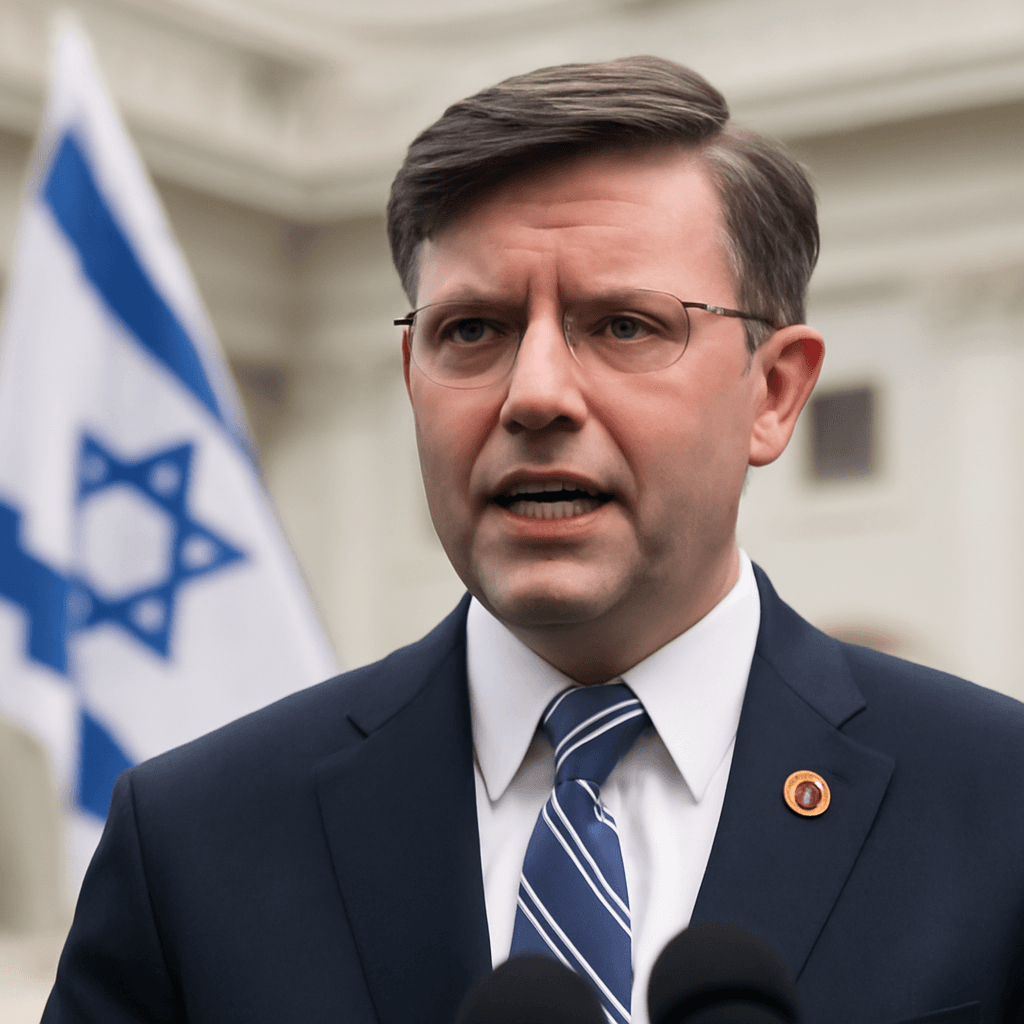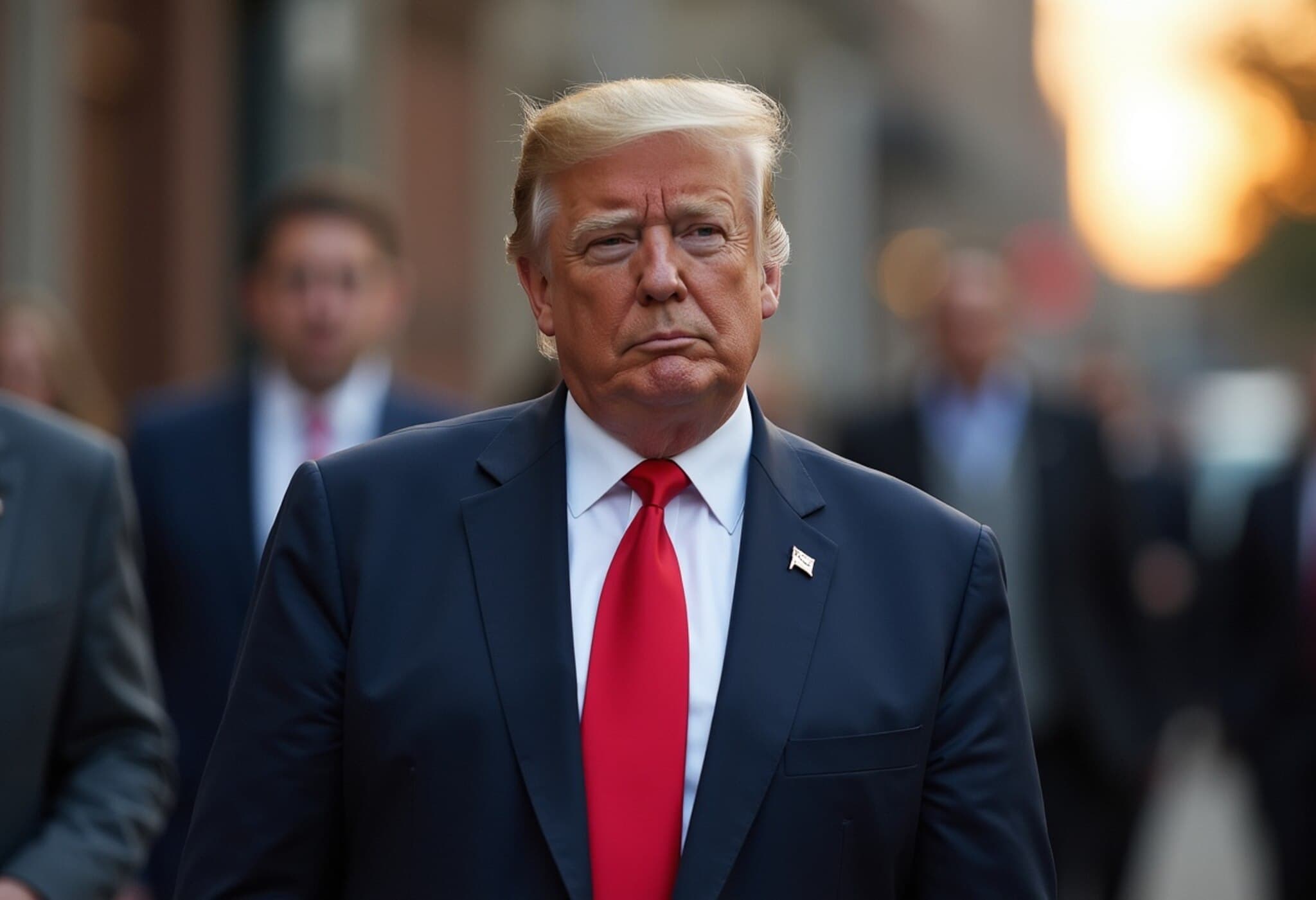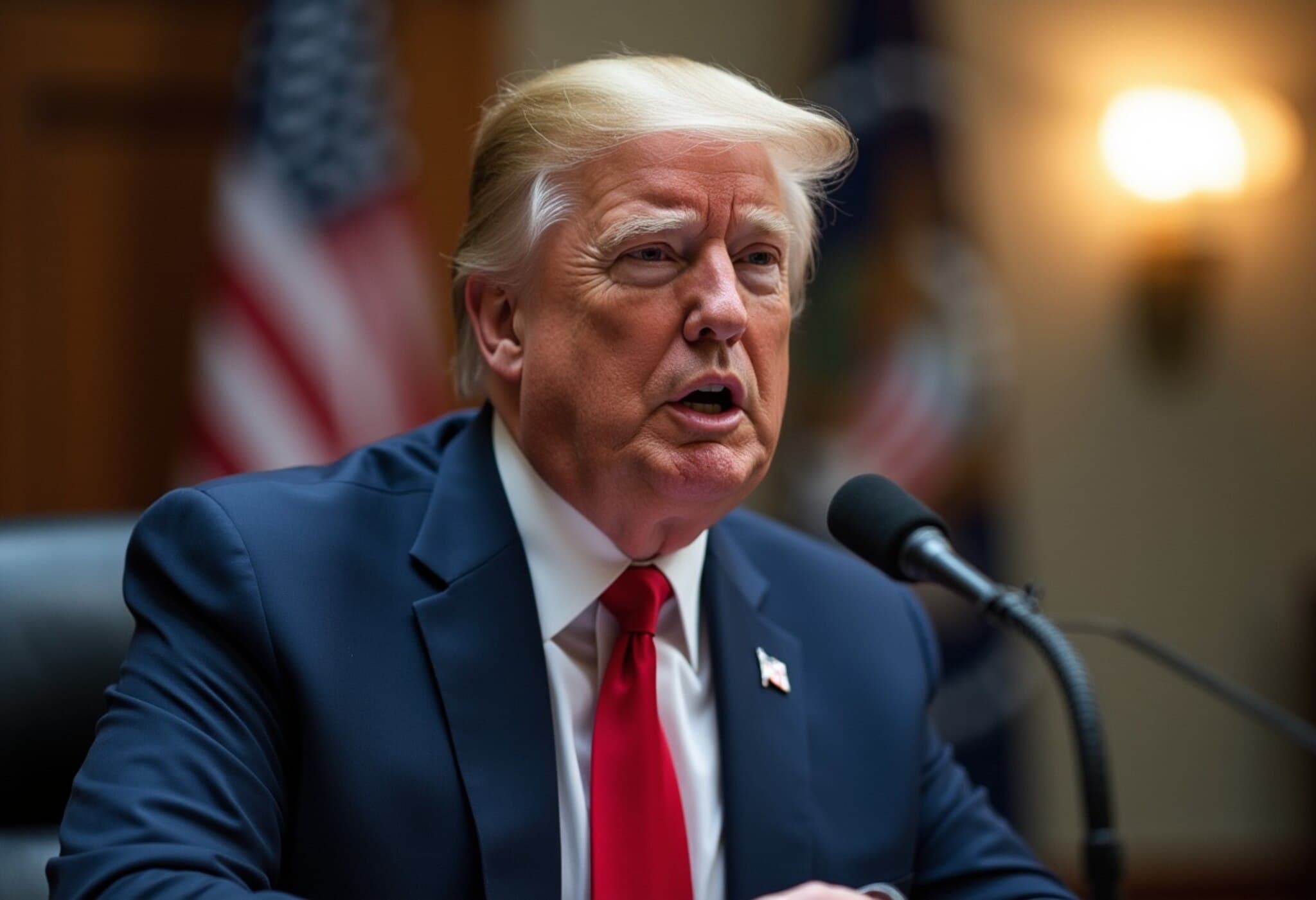White House Moves Forward with Ambitious Federal Layoff Plans Post Supreme Court Ruling
In a landmark ruling on Tuesday, the U.S. Supreme Court cleared the way for sweeping reductions in the federal government workforce — a move championed by former President Donald Trump’s administration seeking to reshape the size and structure of government agencies. Though the decision marks a pivotal moment, the White House remains cautiously optimistic, meticulously reviewing agency layoff proposals to ensure compliance with legal requirements before initiating mass job cuts.
Legal Hurdles and Administrative Caution
Two senior White House officials privy to the ongoing deliberations revealed that the Office of Personnel Management (OPM) and the White House Counsel’s Office are collaborating closely with federal agencies to align the planned workforce reductions with congressional mandates. These mandates include strict guidelines on layoff procedures and maintaining essential minimum staffing levels to ensure uninterrupted government operations.
"Simplifying the federal government's size remains an immediate priority," one official noted, emphasizing the administration’s eagerness to act swiftly, even as a concrete timetable for layoffs remains under consideration to avoid potential legal pitfalls.
Supreme Court Decision: Opening Doors and Raising Concerns
By endorsing the Trump administration’s approach, the Supreme Court has effectively enabled thousands of federal positions across multiple departments to be cut. While proponents hail this as a necessary streamlining to promote efficiency and fiscal responsibility, labor unions and advocacy groups have raised alarms about the social repercussions. They warn that drastic layoffs could destabilize vital public services and further strain agencies already grappling with operational challenges.
Despite the ruling, the White House has not authorized agencies to immediately implement their previously drafted workforce reduction plans — a reflection of both legal prudence and recognition of the complexity surrounding union contracts and labor laws that govern federal employment.
Union Resistance and Legal Challenges Ahead
Federal unions, representing hundreds of thousands of workers, insist that large-scale layoffs must honor collective bargaining agreements. Failure to do so could trigger additional legal confrontations, complicating the administration’s downsizing agenda.
Legal experts caution that meeting baseline legal standards may not shield agencies from broader lawsuits concerning due process rights, civil service protections, and potential disruptions to public access to government services.
One administration official forecasted a wave of lawsuits, but maintained confidence in the legal robustness of forthcoming layoff plans.
"You're going to see various plans emerging soon that are legally sound, yet still face lawsuits—it's an inevitable part of this process," the official explained.
State Department Takes the Lead on Layoff Notifications
Yesterday, the U.S. State Department announced it would proceed with its plan to issue layoff notices, with the first notifications expected to reach employees imminently. Earlier this year, the department had proposed cutting nearly 2,000 positions — a figure that underscores the administration’s commitment to workforce reduction.
The Broader Trump-Era Downsizing Initiative
Since President Trump’s inauguration in January, his administration has aggressively pursued shrinking the 2.3 million-strong federal civilian workforce. This effort, notably driven by the Department of Government Efficiency, headed by billionaire Elon Musk, has already seen over 260,000 reductions through firings, resignations, and early retirements as of late April.
- Multiple federal agencies including Agriculture, Commerce, Health and Human Services, State, Treasury, and Veterans Affairs submitted detailed layoff plans in March.
- These plans had been on hold amid legal uncertainty until the Supreme Court’s decisive ruling this week.
Expert Insights: Balancing Efficiency with Public Service
From a policy analyst’s perspective, the administration’s push to downsize federal employment presents a double-edged sword. On one hand, streamlining bureaucracy and curtailing government spending align with conservative fiscal priorities and could potentially increase operational agility. On the other, drastic staff reductions risk impairing essential government functions — from public health initiatives to veterans' services — especially as agencies face increasing demands.
Legal experts warn that courts will continue scrutinizing the administration’s methods to ensure they do not infringe on established employee rights or undermine the public interest. The evolving legal landscape suggests this battle over the size and scope of federal employment will persist well beyond the initial round of layoffs.
Looking Ahead: What This Means for Federal Employees and the American Public
Federal employees face an uncertain future as the administration navigates a maze of legal and contractual obstacles. For citizens, the key question is whether these workforce cuts will translate into a leaner, more effective government or a hollowed-out bureaucracy struggling to deliver vital services.
As the situation unfolds, stakeholders on all sides will be watching closely: unions gearing up for legal opposition, agencies scrambling to adjust, and policymakers debating the optimal balance between government efficiency and public welfare.
Editor’s Note
The Supreme Court’s decision represents a significant shift in federal workforce policy, reflecting broader debates about government size and function in contemporary America. While the administration’s intent is clear — to streamline and reduce government employment — the path forward remains fraught with legal challenges and political resistance. Observers should ask: How will the government ensure public services remain robust amid substantial workforce cuts? And what precedents might this set for future federal labor relations? These unfolding dynamics promise to define public sector employment and government accountability in the years ahead.



















